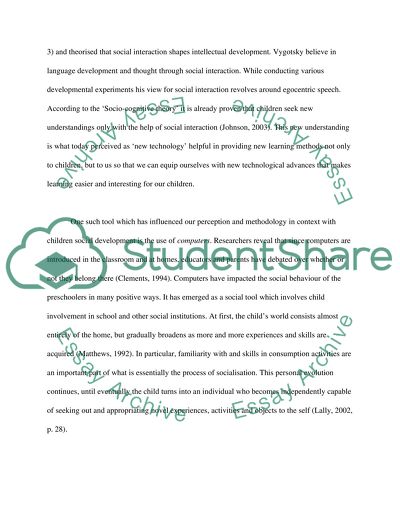Cite this document
(Child Development Essay Example | Topics and Well Written Essays - 2000 words, n.d.)
Child Development Essay Example | Topics and Well Written Essays - 2000 words. Retrieved from https://studentshare.org/social-science/1543875-developmental-psychology
Child Development Essay Example | Topics and Well Written Essays - 2000 words. Retrieved from https://studentshare.org/social-science/1543875-developmental-psychology
(Child Development Essay Example | Topics and Well Written Essays - 2000 Words)
Child Development Essay Example | Topics and Well Written Essays - 2000 Words. https://studentshare.org/social-science/1543875-developmental-psychology.
Child Development Essay Example | Topics and Well Written Essays - 2000 Words. https://studentshare.org/social-science/1543875-developmental-psychology.
“Child Development Essay Example | Topics and Well Written Essays - 2000 Words”. https://studentshare.org/social-science/1543875-developmental-psychology.


